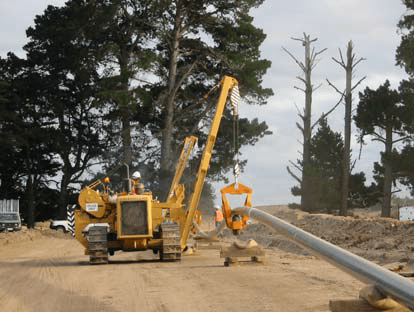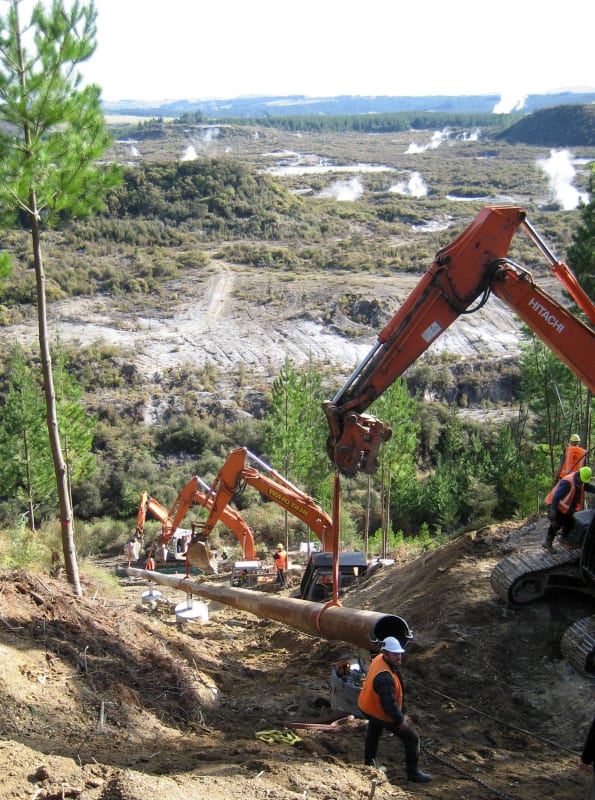ceasar20
Mechanical
- Mar 2, 2014
- 14
Hello Mates,
we will start the activities of Pipeline lowering (L 300m D 12 inches thx 8 mm X 52 trench depth 1.70 m ) with two cranes every crane have 2 lift points.
I want to ask about:
Two cranes are sufficient?
Recommended distance between lift points ?
The distance between Pipeline and trench centre.
Thank you in advance for your recommendation.
we will start the activities of Pipeline lowering (L 300m D 12 inches thx 8 mm X 52 trench depth 1.70 m ) with two cranes every crane have 2 lift points.
I want to ask about:
Two cranes are sufficient?
Recommended distance between lift points ?
The distance between Pipeline and trench centre.
Thank you in advance for your recommendation.


